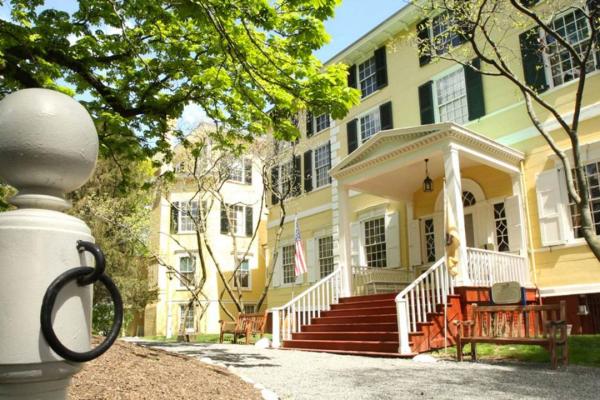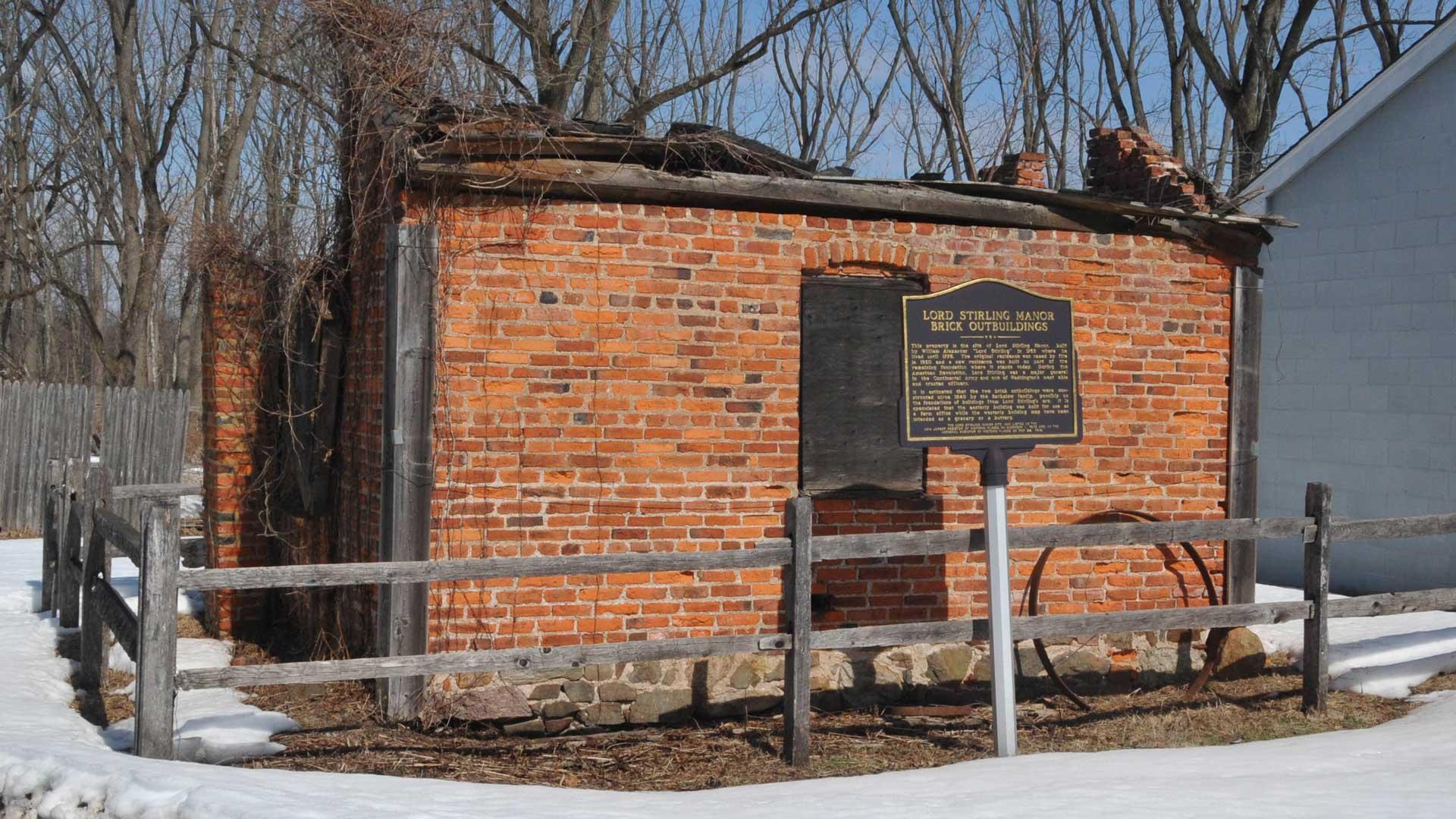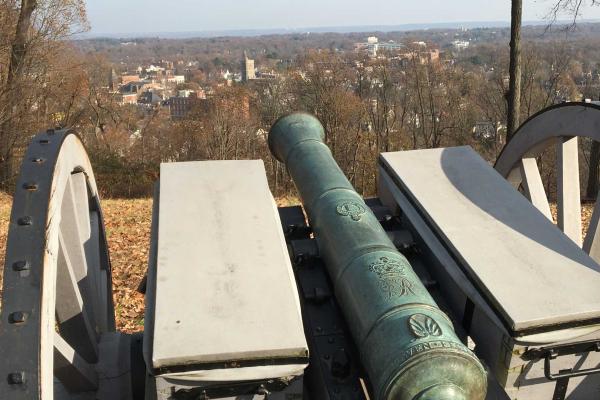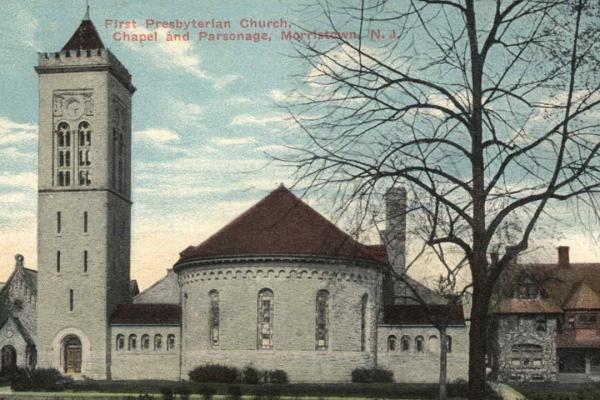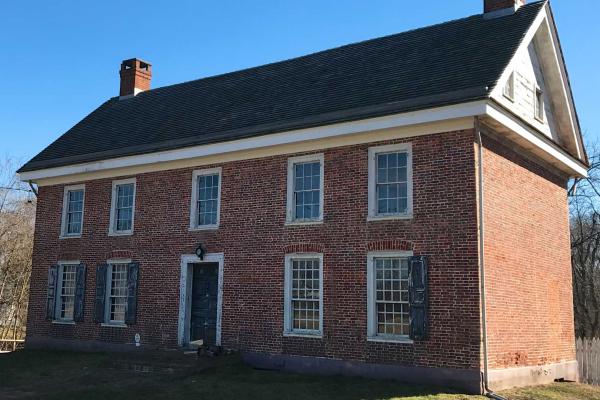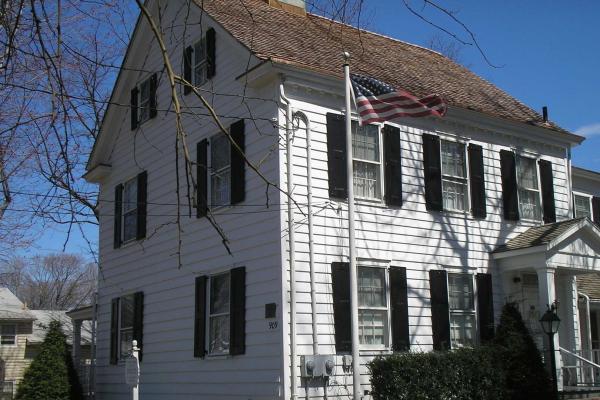Located just outside the Somerset County Park Commission’s Environmental Education Center, the remaining structures of Lord Stirling’s estate—two 18th-century brick buildings—are all that survive of what was once one of the region’s most impressive manor complexes. Built in 1763 by William Alexander, known as Lord Stirling, the estate was commonly referred to as “The Buildings” by local residents. These surviving structures, thought to be a granary and a farm office, likely supported the estate’s agricultural operations and housed domestic servants. Ongoing archaeological investigations continue to uncover aspects of daily life on the property.
Following Lord Stirling’s death in 1783, the estate changed ownership, and the buildings eventually deteriorated. Though the main house was reconstructed in 1825, it was not faithful to the original design and was later destroyed by fire in 1919. At the time of its listing on the National Register of Historic Places, only foundational elements, cisterns, outbuildings, and the original slave quarters remained. The slave quarters, now lost, were the only documented surviving example of their kind in New Jersey, marking the site as a vital piece of the state’s history of slavery and early American life.
What's Nearby
Explore more of The Liberty Trail by visiting these nearby attractions.
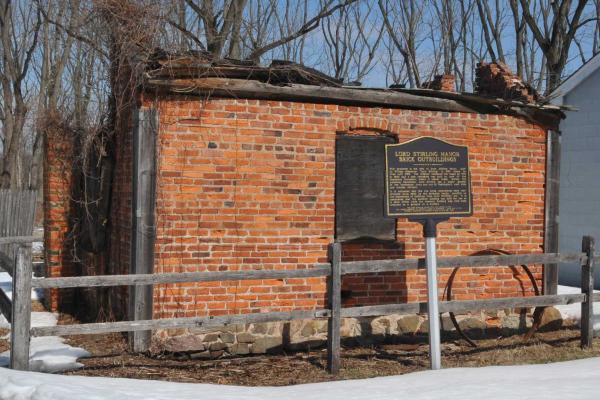

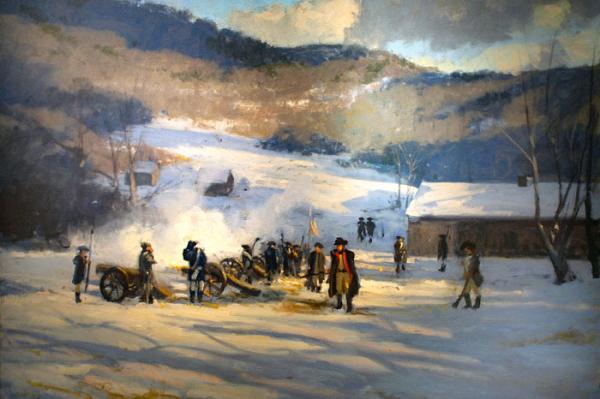
Bedminister, NJ 07921
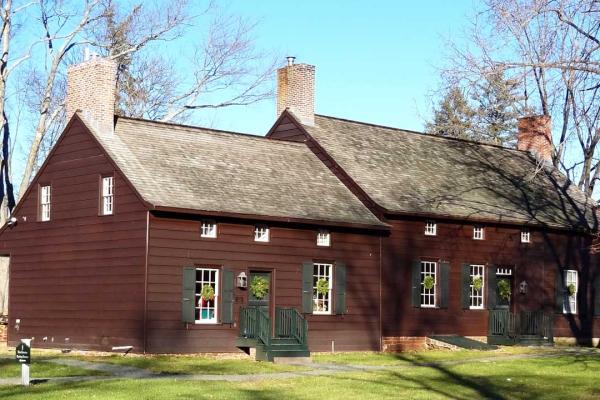
Bedminister, NJ 07921
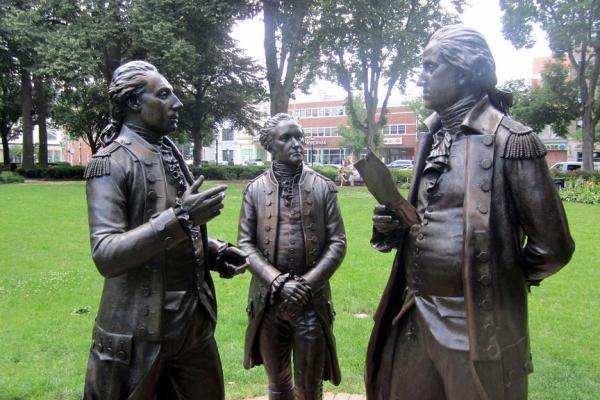
Morristown, NJ 07960
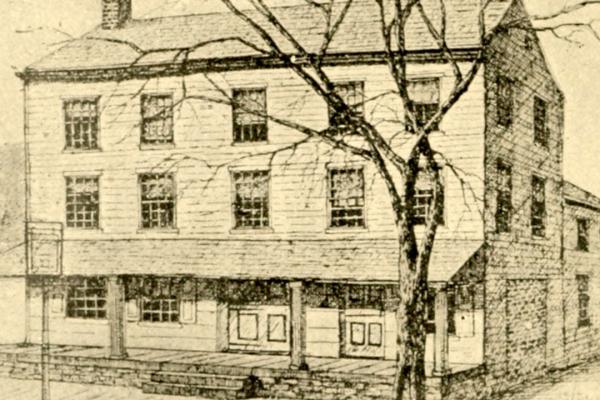
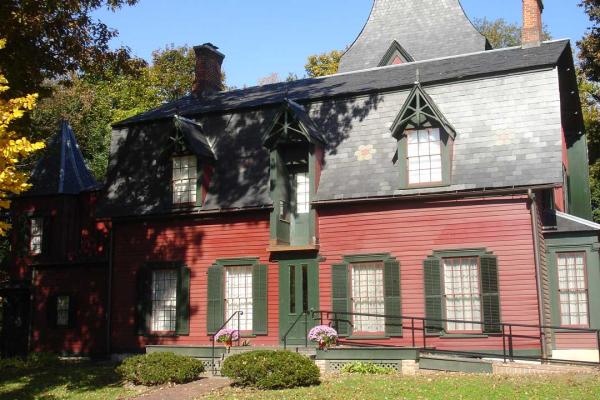
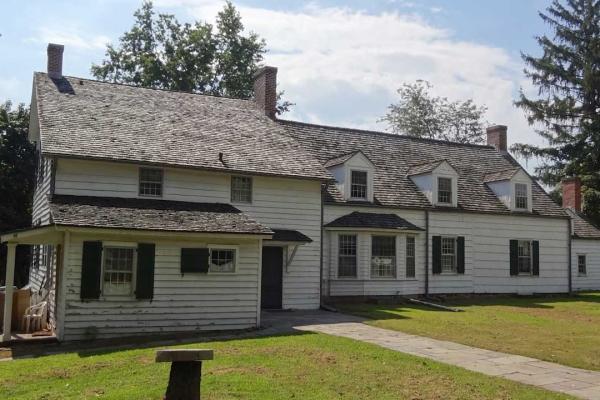
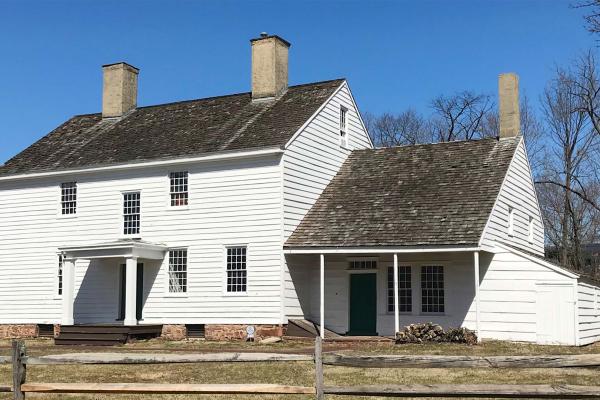
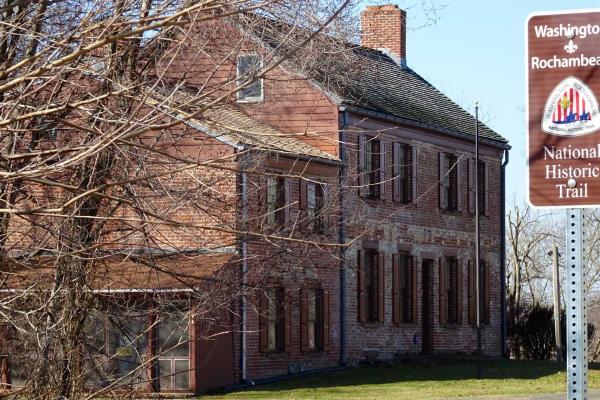
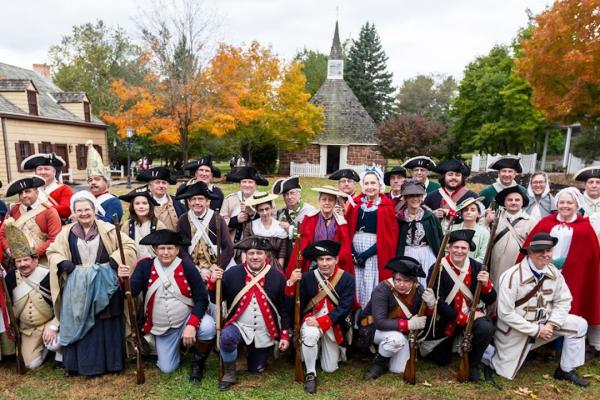
Piscataway, NJ 08854
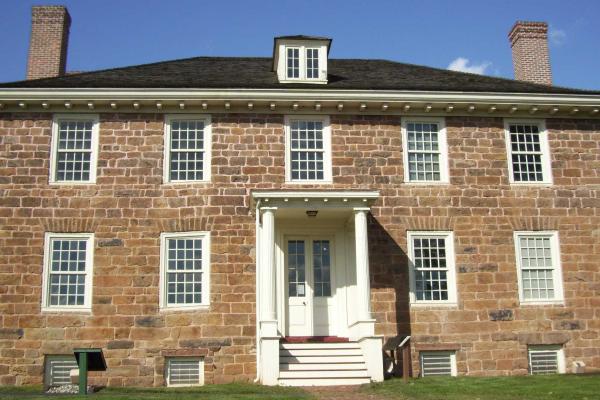
Piscataway, NJ 08854
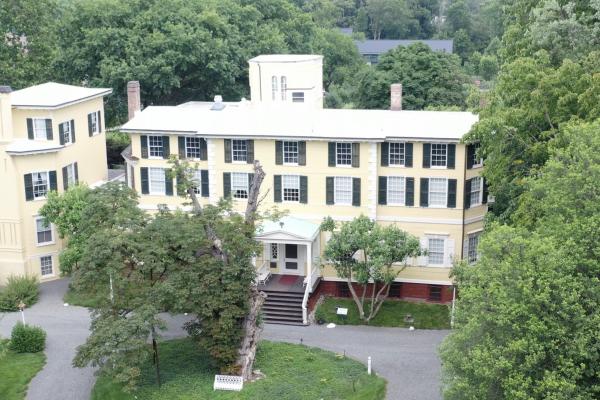
Union, NJ 07083
Militia & Continentals push back a Hessian incursion
